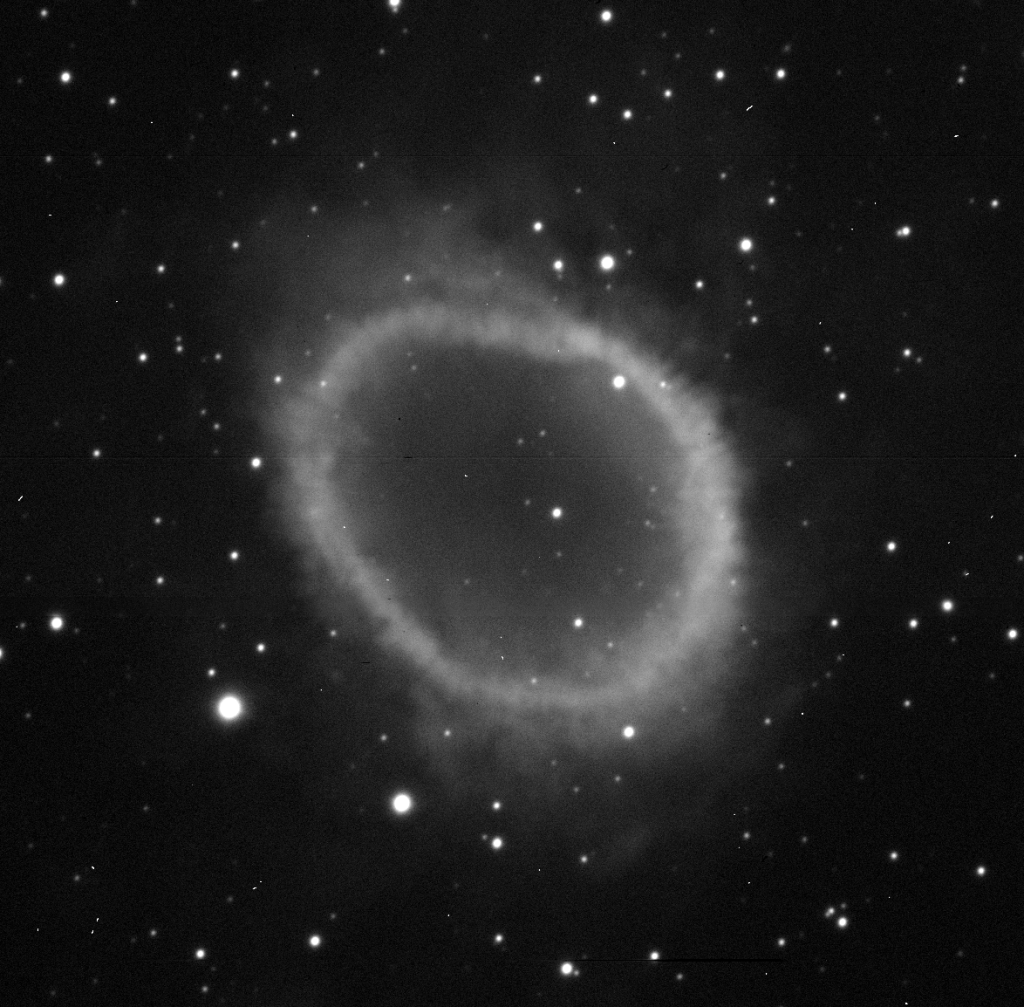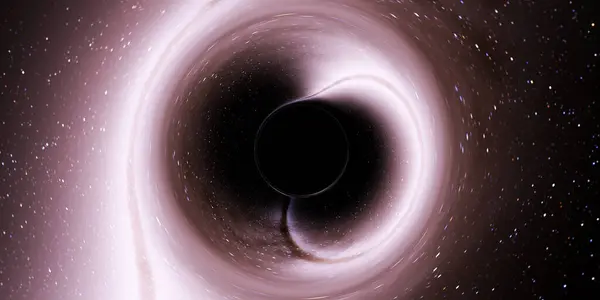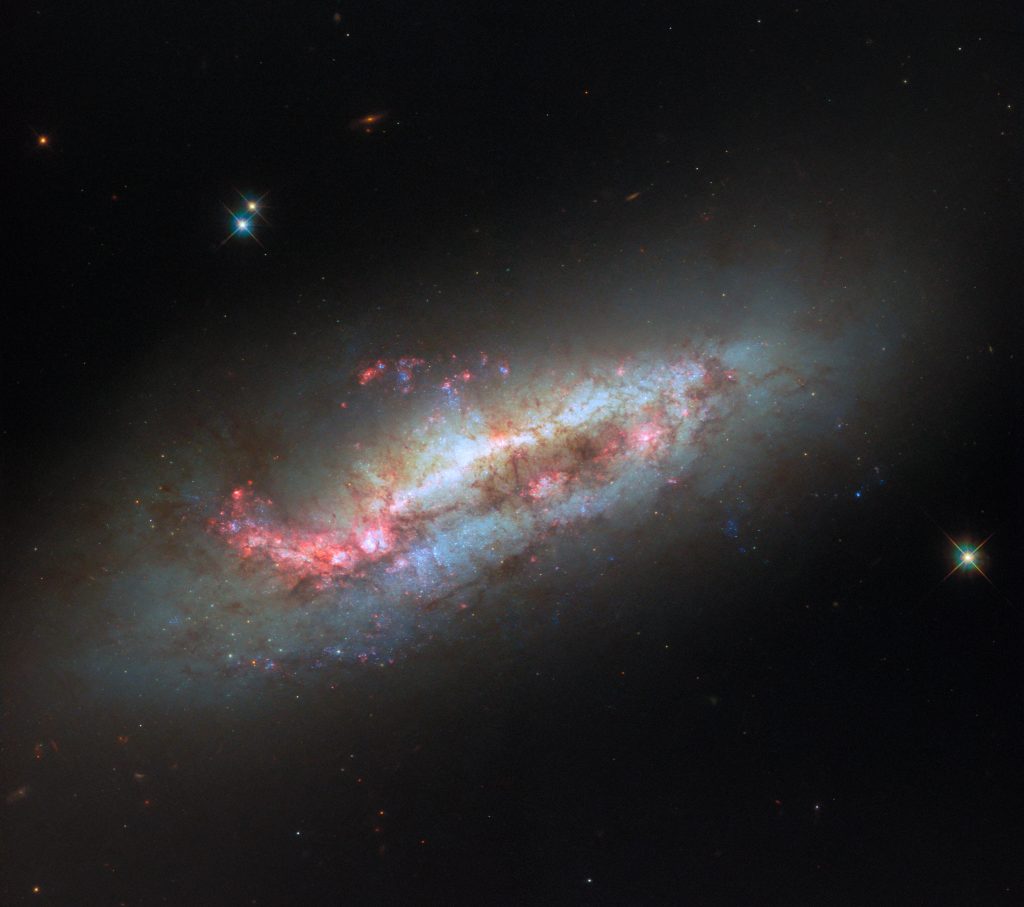
The elusive instant when a supernova’s shockwave bursts through the surface of its dying star has been pursued by astrophysicists for decades, but it was captured in unprecedented detail this April. Supernova SN 2024ggi, erupting in the nearby spiral galaxy NGC 3621 just 22 million light-years away, offered a rare observational window into the geometry of the death throes of a massive star-one that closed within hours.

1. Racing Against Time
The detection came courtesy of the Asteroid Terrestrial-impact Last Alert System on April 10, 2024. Yi Yang of Tsinghua University, recognizing the critical need for speed, submitted an observing proposal to the European Southern Observatory within twelve hours. The VLT in Chile began spectropolarimetric observations just 26 hours after discovery fast enough to catch the shock-breakout phase before circumstellar material blurred the geometry.

2. The Shock-Breakout Phase
In giant stars, for example, the inward tug of gravity is balanced against the outward pressure of radiation. When fusion has built an iron core, however, energy generation stops, the core collapses and a rebound shock races outward. When this wave breaks through the stellar surface it releases a brief, intense flash in a phase called shock breakout. For the red supergiant progenitor of SN 2024ggi, 12–15 solar masses and 500 times the radius of the Sun, that breakout took about a day to reach the visible surface.

3. The Unique Role of Spectropolarimetry
Spectropolarimetry, which melds spectroscopy with measurements of light polarization, can infer shapes far too small to resolve directly. As Lifan Wang of Texas A&M University says, “Spectropolarimetry delivers information about the geometry of the explosion that other types of observation cannot provide because the angular scales are too tiny.” The VLT’s FORS2 instrument showed that SN 2024ggi’s breakout was not spherical, but elongated olive-shaped along a welldefined axis.

4. Geometry Preserved Under Dilation
As Dietrich Baade of ESO expressed, “For a few hours, the geometry of the star and its explosion could be and were observed together.” While the hydrogen-rich ejecta expanded and interacted with circumstellar gas, the axis of symmetry remained; this indicated that on large scales, a physical process in these explosions is responsible for determining the geometry. The persistence of such an axis excludes pure amorphous models in favor of an axisymmetric process, such as magnetorotational effects or jet-like flows.

5. Binary Companions and Asymmetry
This axis shifted as the shock interacted with pre-existing circumstellar material, thereby indicating that the orientation of the surrounding gas was different from that of the explosion. One plausible scenario for ascribing this geometry to the supernova is gravitational sculpting by a binary companion. Other event studies, including the surviving companion to SN 2013ge, have shown that binaries can strip envelopes and rearrange mass and can even imprint detectable ultraviolet signatures long after the primary star has died.

6. Physics Behind the Shape
Models of core-collapse supernovae differ on the issue of what drives the shock: neutrino-driven mechanisms predict highly as pherical explosions, while magne torotational models produce bipolar jets. The axisy mmetric breakout in SN 2024ggi is more consistent with large-scale, coherent processes and is challenging to models invoking small-scale instabilities. Early spectro polarimetry allowed investigators to correlate continuum polarization with high-ionization spectral lines that traced the geometry of the shock’s ionization front.

7. Influence of Circum stellar Environment
Radiation-hydrodynamical simulations of explosions of red supergiants embedded in dense envelopes show that circumstellar matter can significantly stretch the breakout duration and distort the visible shapes. In the case of SN 2024ggi, narrow spectral features disclosed its interaction with circumstellar matter within 1.5 × 10¹⁴ cm from the photosphere. This kind of ambient environment might be related more to inhomogeneities in the atmosphere rather than to a steady wind. Furthermore, their orientations might also not necessarily exactly follow the stellar rotational axis.

8. Impact on Companions
Three-dimensional hydrodynamic simulations indicate that the ejecta of a supernova in interaction with a main-sequence companion could remove as much as 10% of its mass and also transfer velocities below 100 km/s. The amount of stripping, in fact, depends on separation and explosion energy. If SN 2024ggi had a companion, its gravitational influence before the explosion could explain the observed misalignment between ejecta and circumstellar material.

9. Refining Models of Supernovae
This olive-shaped breakout allows the astrophysicists to rule out some spherical models and further tune others to include axial symmetry. The inclusion of such early-time geometric data in simulations will improve predictions of nucleo synthesis yields, remnant properties, and light curves key to understanding both stellar evolution and cosmological distance measurements.

10. The Promise of Future Observations
This result highlights the importance of both rapid-response networks and advanced polarimetric instrumentation. Facilities planned to go online in the near future, such as ESO’s Extremely Large Telescope, will offer even higher temporal and spatial resolution, and could detect breakout geometries for far more events. As Adam Burrows of Princeton University observed, “If a fraction of them can be followed up with this type of precision, I think we will see a new era of dialogue between theoretical study of these explosions and their observational validation.” The capture of SN 2024ggi’s earliest geometry represents a turning point in the research related to supernovae, bridging core-collapse physics with the observable geometry of the shock front and allowing new ways of probing the last moments of massive stars.


